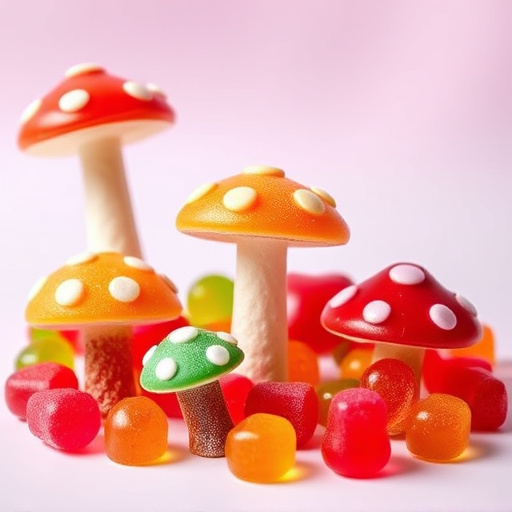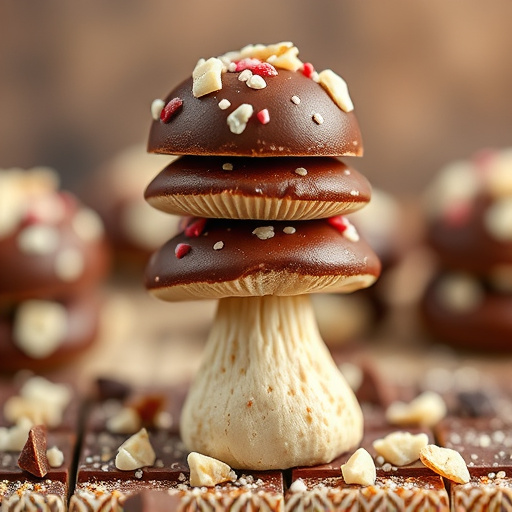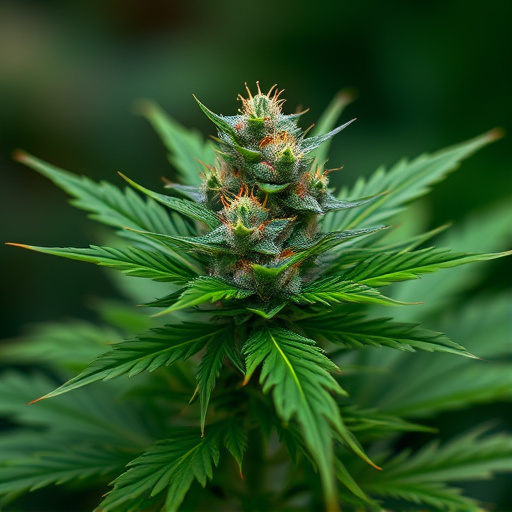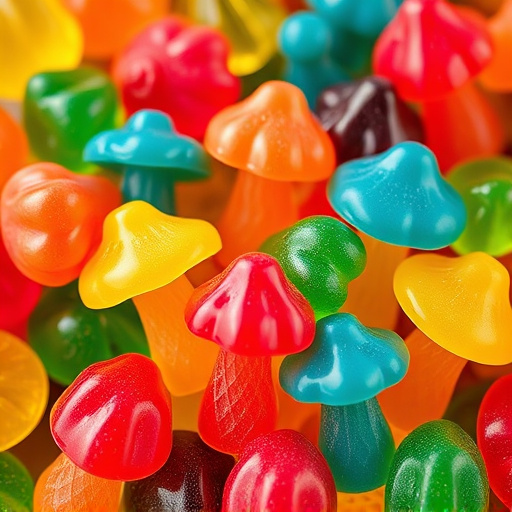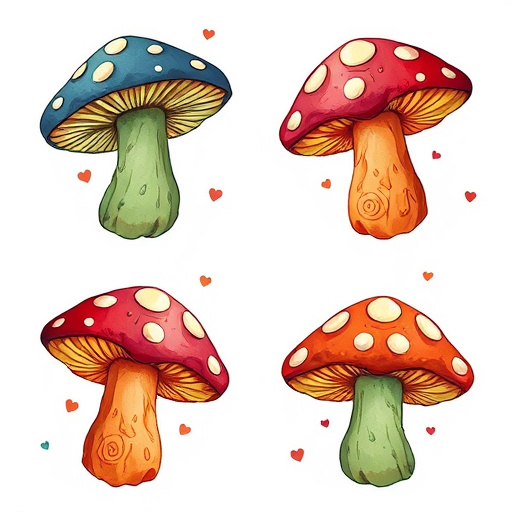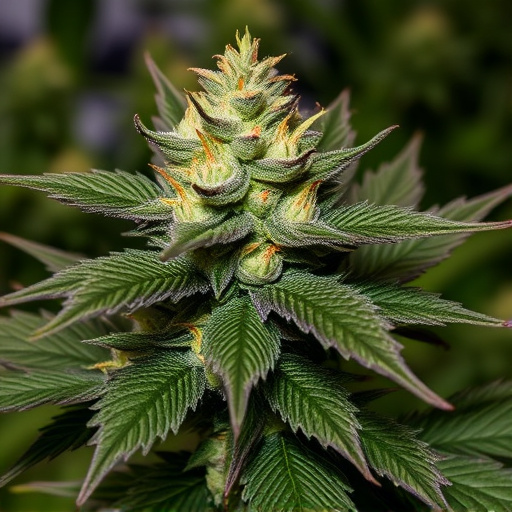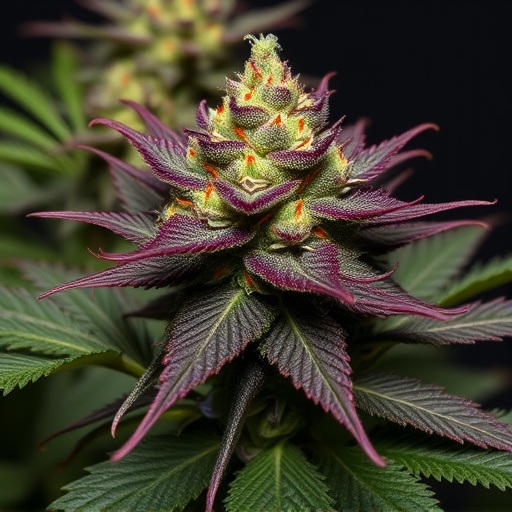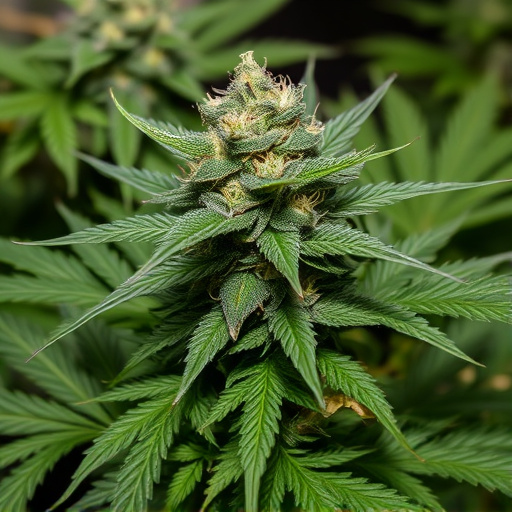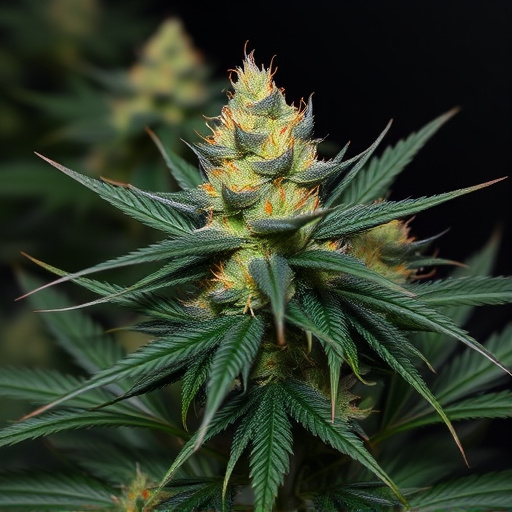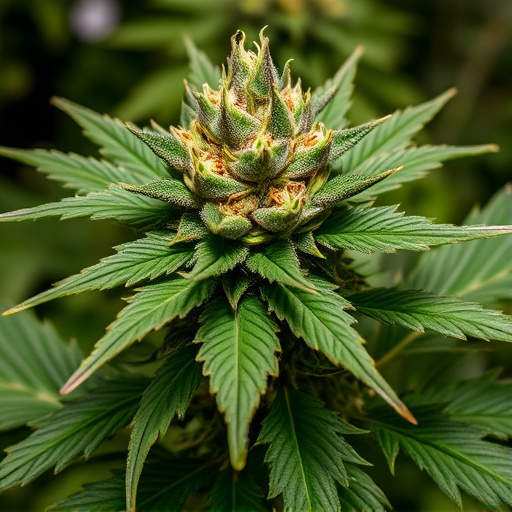Cannabis leaf visual cues, like color and structure, are key indicators of plant health and quality. Indica dominant hybrid strains feature narrower, densely packed leaves with serrated edges and vibrant green hues from chlorophyll. Discoloration, nutrient deficiencies, overwatering or pest damage signal poor quality or environmental stress. Good weed has uniform, lush, vibrant leaves with well-defined veins; bad weed may have irregular shapes and coarsely serrated edges. Leaf color deviations from intense green suggest cultivation or contamination issues in indica dominant hybrid strains.
“Unraveling the secrets of top-quality cannabis begins with understanding the subtle signs that set good ‘weed’ apart from its less desirable counterpart. This comprehensive guide delves into the art of distinguishing premium cannabis, exploring visual cues like leaf characteristics and vibrant colors, aromatic nuances, and potent effects. Whether you’re an enthusiast or a connoisseur, mastering these indicators will empower you to navigate the market with confidence, ensuring you cultivate or acquire only the finest indica dominant and hybrid strains.”
- Visual Indicators: Leaf Structure and Color
- – Differences in leaf shape and size between good and bad weed
- – Significance of leaf color as a quality marker
Visual Indicators: Leaf Structure and Color
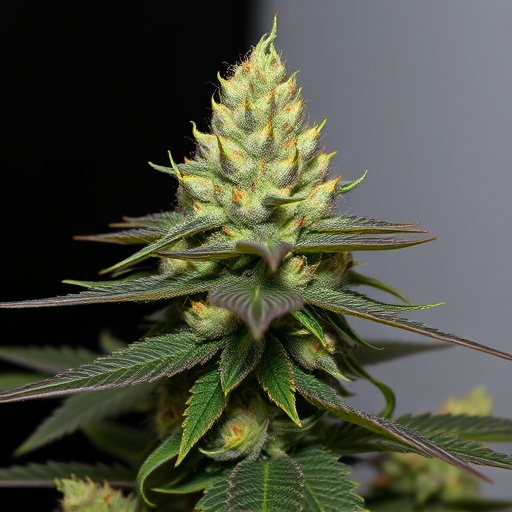
When it comes to visual indicators, one of the most noticeable aspects of weed is the leaf structure and color. Healthy, high-quality cannabis plants often showcase a vibrant display of green hues, ranging from deep forest greens to lighter shades of jade. This green pigment, chlorophyll, is essential for photosynthesis, enabling the plant’s growth. In indica dominant hybrid strains, leaves typically have a narrower shape with slightly serrated edges, growing densely on the plant and providing a characteristic appearance.
Discoloration or changes in leaf structure can be red flags indicating poor quality or environmental stress. Yellowing or brown spots suggest nutrient deficiencies or overwatering. If leaves become unusually thin, crispy, or develop twisted shapes, it could signal exposure to harsh conditions or pest damage. Recognizing these visual cues early on can help ensure you’re getting top-shelf product, ensuring a better smoking experience and potentially avoiding potential health risks associated with contaminated or low-quality cannabis.
– Differences in leaf shape and size between good and bad weed
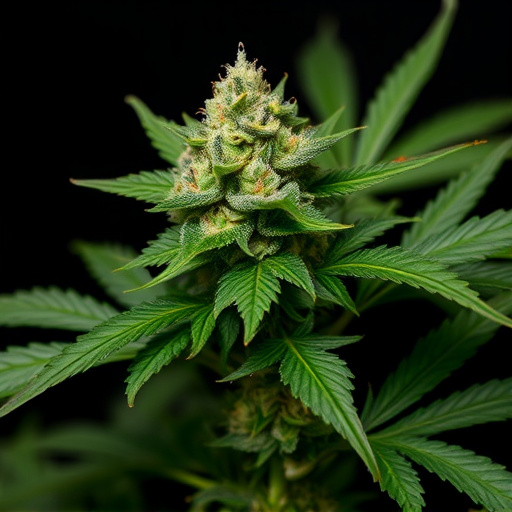
Weed enthusiasts often talk about the subtle differences between good and bad weed, and one of the most noticeable aspects lies in its leaves. When it comes to indica dominant hybrid strains, the leaf shape and size can offer valuable insights into the quality and potential effects of the plant. Good weed typically boasts lush, vibrant leaves that are uniform in size and shape. These leaves often have a slightly curved or rounded edge, giving them a soft, delicate appearance. In contrast, bad weed may display irregular leaf shapes, with some leaves appearing smaller or larger than others. Coarsely serrated edges on the leaves can also be an indicator of lower quality, as these traits suggest potential stress or nutritional deficiencies in the plant’s growth.
The distinction becomes even more evident when observing the venation patterns. Good weed usually exhibits well-defined veins that run smoothly across the leaf surface, creating a pleasing aesthetic. In contrast, bad weed may have veins that are irregular or overly prominent, which can impact not only the visual appeal but also the overall potency and flavor of the final product.
– Significance of leaf color as a quality marker
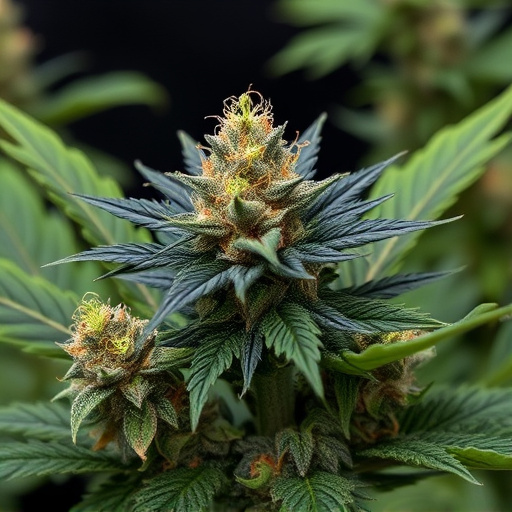
The vibrant green hues of cannabis leaves can be a delightful sight, but they’re more than just an aesthetic pleasure. Leaf color is a significant indicator of a weed’s quality, especially when it comes to distinguishing between good and bad harvests. In general, a lush, deep green color suggests a healthy plant, as this vibrancy often indicates high nutrient levels and robust growth.
Among indica dominant hybrid strains, known for their relaxing and sedative effects, leaves that maintain this intense green even under stress are particularly desirable. While some variations in shade are normal, significant deviations from the signature green can signal issues with cultivation or potential contamination. A keen eye for leaf color can thus empower cultivators and consumers alike to make informed decisions about the quality of their cannabis.
When distinguishing between good and bad weed, visual indicators like leaf structure and color are key. Recognizing the distinct characteristics of indica dominant hybrid strains allows informed choices, ensuring a superior smoking experience. By understanding these cues, consumers can navigate the market with confidence, selecting top-quality cannabis that aligns with their preferences.
